Ambient water quality - SDG Indicator 6.3.2
Definition: Indicator 6.3.2 is the "proportion of bodies of water with good ambient water quality".
Goal: By 2030 "improve water quality by reducing pollution, eliminating dumping and minimizing release of hazardous chemicals and materials".
Target 6.4: Increase water use efficiency and ensure freshwater supplies
UN definition: "By 2030, substantially increase water-use efficiency across all sectors and ensure sustainable withdrawals and supply of freshwater to address water scarcity and substantially reduce the number of people suffering from water scarcity."
Water use efficiency - SDG Indicator 6.4.1
Definition: Indicator 6.4.1 is the "change in water-use efficiency over time".
Water efficiency is measured here in the SDG Tracker as a productivity metric, given as a country's total gross domestic product (GDP) divided by total freshwater withdrawals. Water-efficient economies are those which achieve a high gross domestic product (GDP) per unit of freshwater withdrawal.
Goal: By 2030 "substantially increase water-use efficiency across all sectors".
Levels of freshwater stress - SDG Indicator 6.4.2
Definition: Indicator 6.4.2 is the "level of water stress: freshwater withdrawal as a proportion of available freshwater resources".
Water scarcity or stress is defined as the total quantity of freshwater withdrawals as a share of internal resources. This includes water withdrawn from agricultural, industrial, and domestic uses. Water stress is defined by the following categories: <10% is low stress; 10-20% is low-to-medium; 20-40% medium-to-high; 40-80% high; >80% extremely high.
Goal: By 2030 "ensure sustainable withdrawals and supply of freshwater to address water scarcity and substantially reduce the number of people suffering from water scarcity".
Target 6.5: Implement integrated water resources management
UN definition: "By 2030, implement integrated water resources management at all levels, including through transboundary cooperation as appropriate."
Integrated water management - SDG Indicator 6.5.1
Definition: Indicator 6.5.1 is the "degree of integrated water resources management implementation (0–100)".
This metric assesses the status of national development and implementation of Integrated Water Resource Management (IWRM) plans across the world.
Goal: "By 2030, implement integrated water resources management at all levels, including through transboundary cooperation as appropriate".
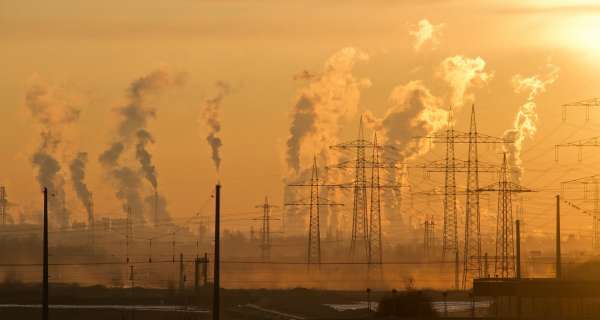

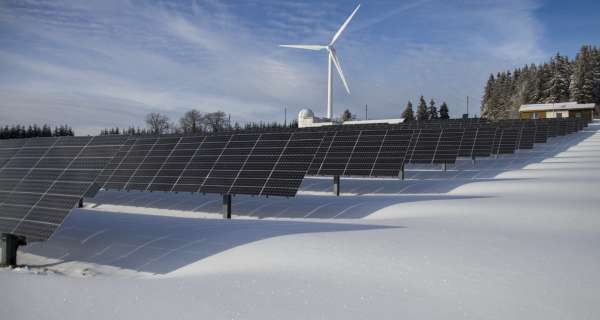
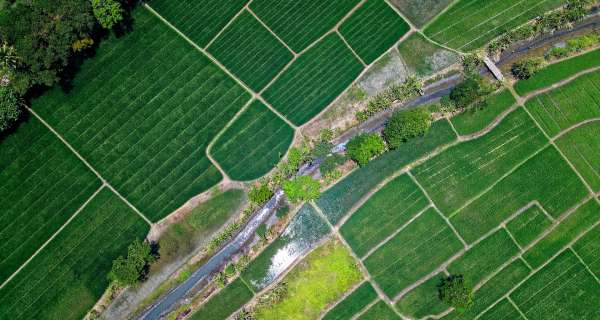




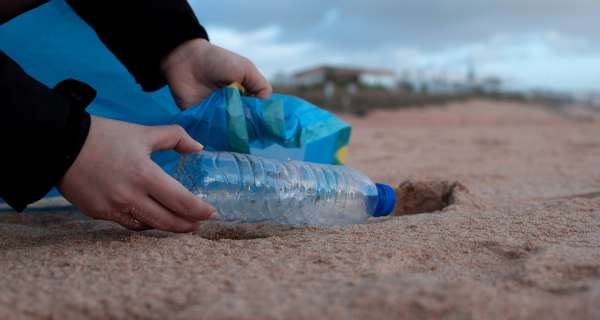





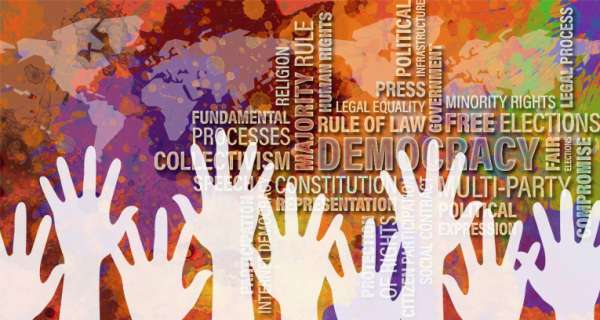

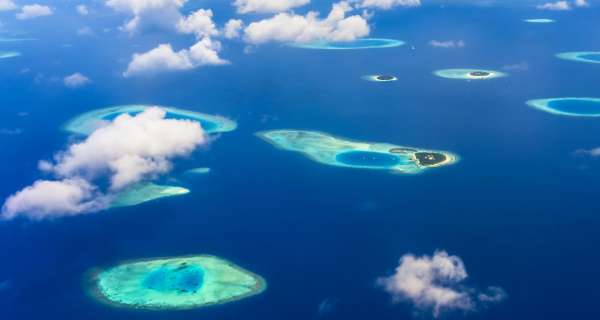
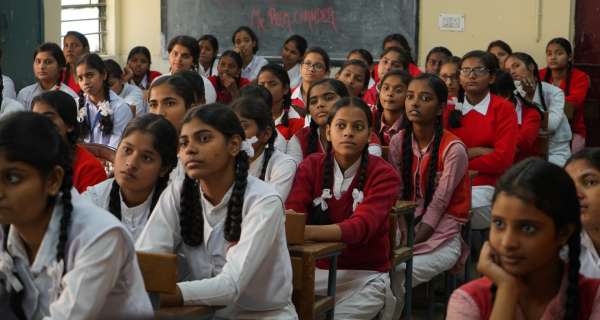
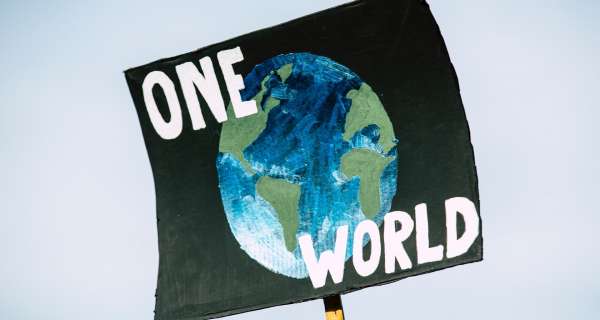


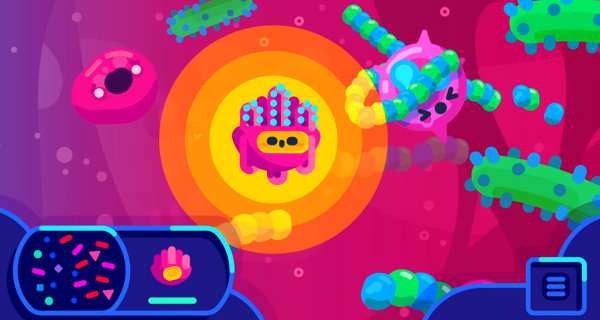
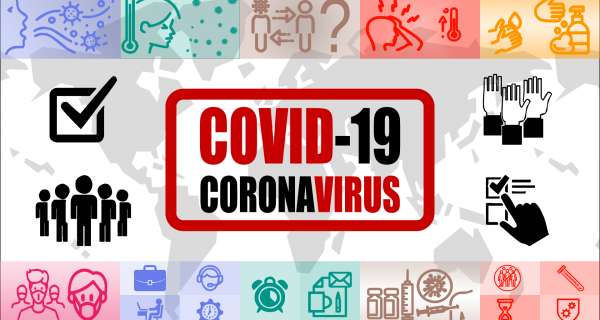


0 Comments